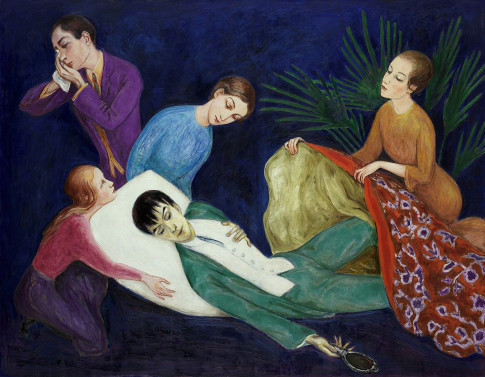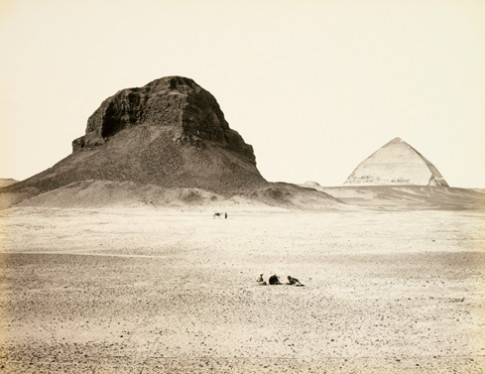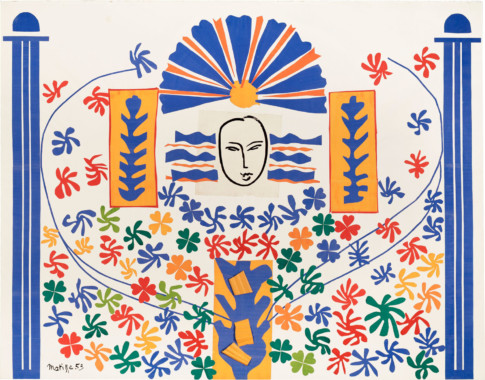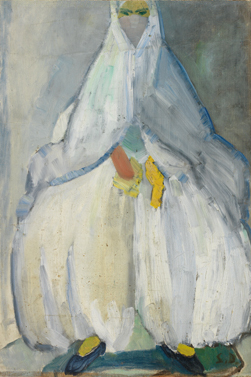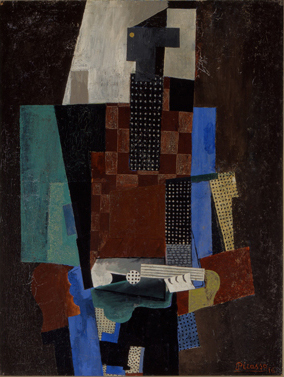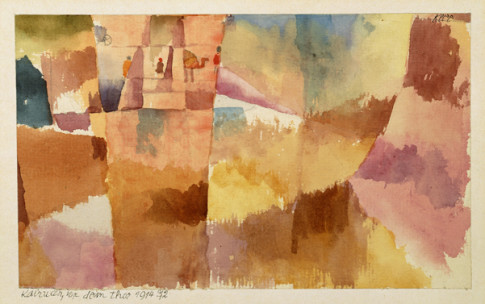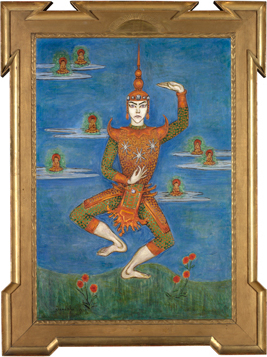
Nils Dardel, Jean Börlin in Siamese Dance, 1919 © Nils Dardel
From Stockholm via Landskrona to the Champs-Élysées in Paris
Their journeys took them to Siam, North Africa, Japan, India, and China. De Maré was fascinated by the rich tradition of dance that still lived on in cultures outside of Europe, and he began to document folk dances on film.
Under de Maré’s leadership, and with choreography by Swedish dancer Jean Börlin, the Swedish Ballet developed into one of the most controversial dance companies in Paris in the period 1920–25. The company took Parisian audiences by storm with their mixture of experimental stage sets in Dadaist and Cubist styles with performances of whirling Dervishes, Siamese dances, and Midsummer vigils (!)
De Maré’s social circle included the hottest names in the art world and led to a series of interesting interdisciplinary collaborations, such as the film project Entr’acte, which served as the middle act of the ballet Relâche. Today the Swedish Ballet’s innovative collaboration with visual artists, choreographers, composers, and filmmakers is seen as an important predecessor to contemporary performance culture.
Nils Dardel introduced de Maré to the art dealers Wilhelm Uhde and Alfred Flechtheim in Paris, and soon the Swedish theatre director’s walls were hung with the work of the most prominent avant-garde artists. Many years later de Maré donated most of his collection of art to Moderna Museet. His collection of dance films, stage costumes, and props formed the basis for the world’s first dance museum, which he opened in Paris in 1932, and later for what is today Dansmuseet (the Museum of Dance) in Stockholm.

